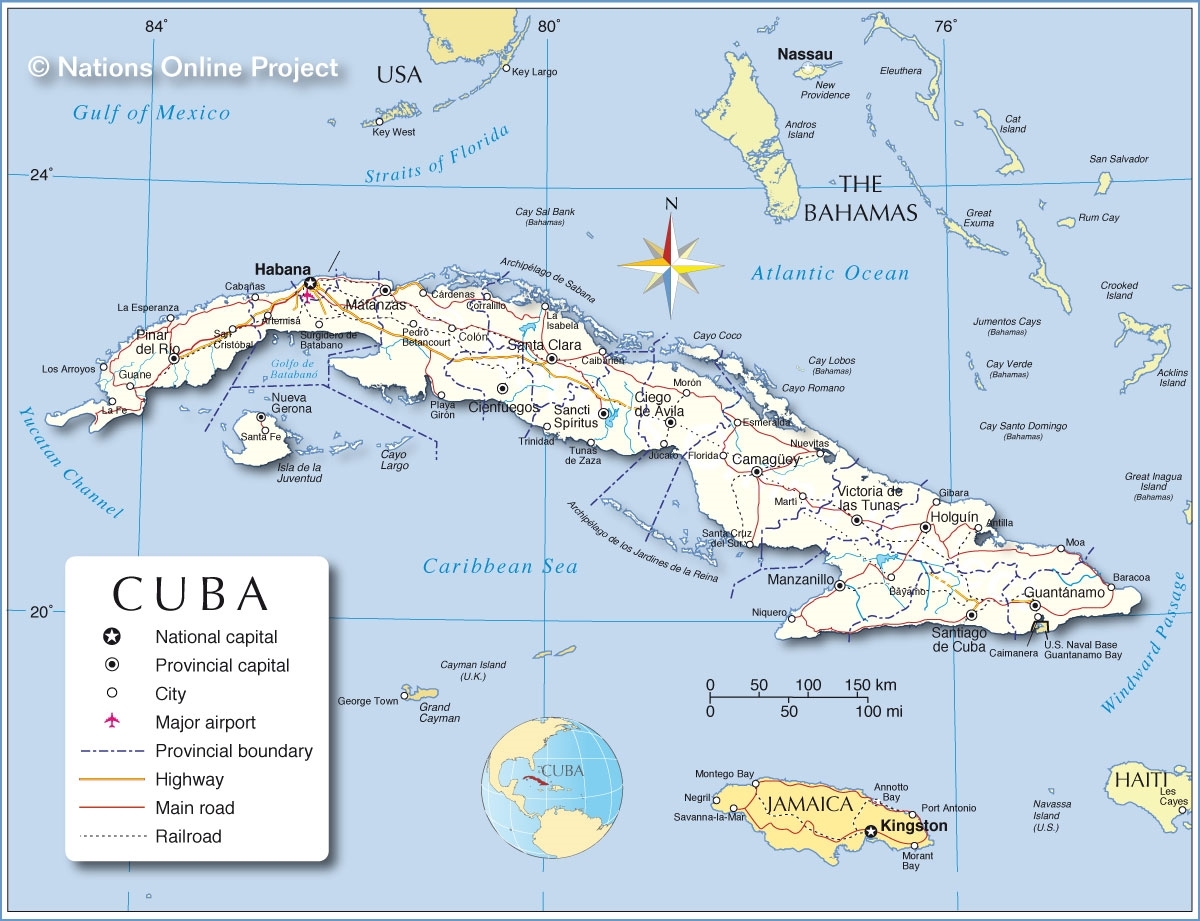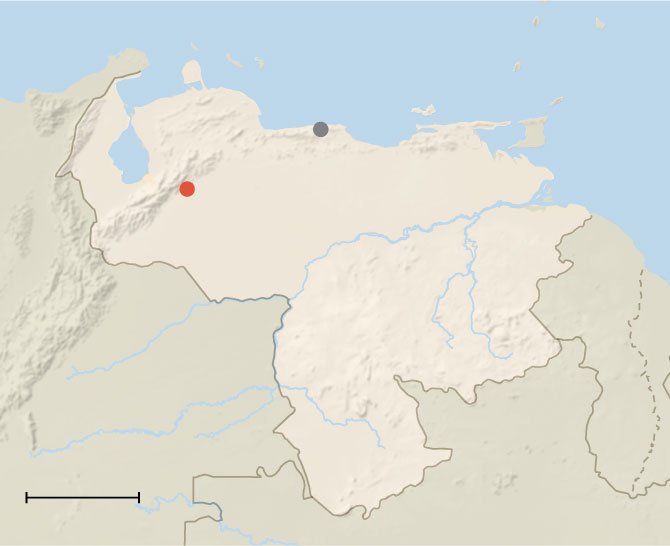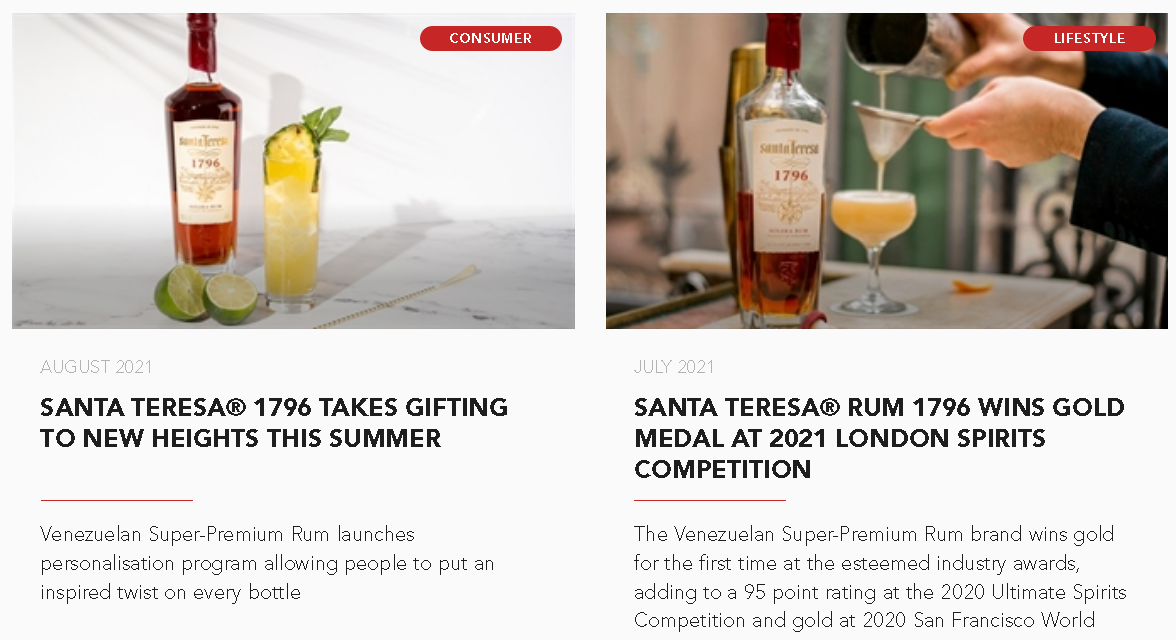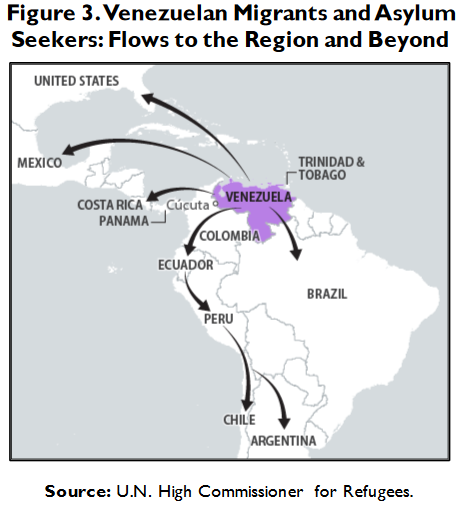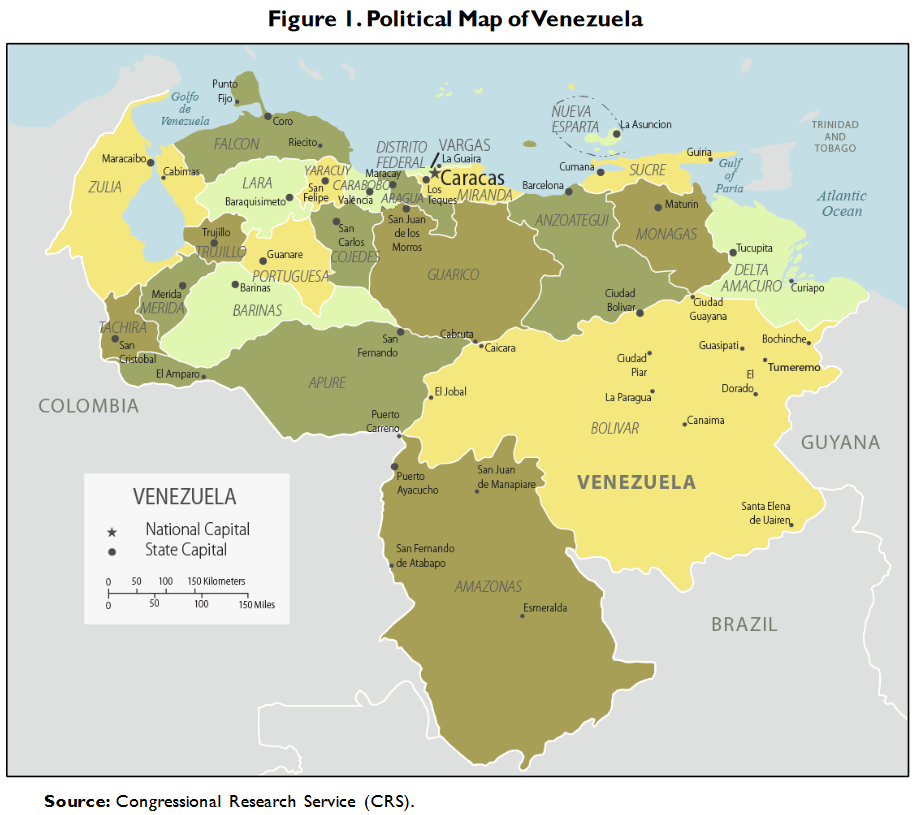Irony: Bacardi Assets Seized In 1960 By Cuba. Venezuela And Cuba Are Allies. Venezuela Seizes U.S. Company Assets. Bacardi Marketing Venezuela Rum Benefits Venezuela Financially & Politically
/Defining Irony… Good for me but not for thee?
Bacardi Assets Expropriated In 1960 By Cuba
Bacardi Vocal Critic Of Cuba
Bacardi Successfully Lobbies In 1998 For Law Preventing Cuba Origin Expropriated Trademarks From Registration In The United States
Venezuela Provides Since 2000 Substantial Financial Support To Cuba
Venezuela In 2007 Expropriates Assets Of United States Companies
Bacardi Signs Global Distribution Agreement In 2016 For Rum Produced In Venezuela Benefiting Nicolas Maduro Administration By Providing Employment, Export Revenues, Prestige
Venezuela In 2017 Expropriates Assets Of United States Companies
United States Since 2017 “Has Made More Than 350 Venezuelan-Related Designations”
United States In 2019 Ceased Recognizing Nicolas Maduro As President Of Venezuela
Obama, Trump, Biden Administrations Maintain Cuba Providing Crucial Support For “Authoritarian” Maduro Administration in Venezuela
Obama, Trump, Biden Administrations Maintain Venezuela Migration Destabilizing Brazil, Chile, Colombia, And Peru Among Other Countries
Santa Teresa Rum From Venezuela Wins Awards; Available In The United States
Hamilton, Bermuda-based Bacardi Limited (2020 revenue approximately US$6.4 billion) is the “World’s largest privately-held spirits company.” The company has an office in Coral Gables, Florida.
Bacardi Limited 2020 Corporate Responsibility Report: “Because we will continue to rely on a steady supply for many generations to come, we build sustainable partnerships to source our supply chain materials. By only working with suppliers who commit to the highest standards of labor and human rights, health and safety, environmental protection, and business integrity. This applies to all partners providing goods and/or services to Bacardi” LINK To Report
LINK: Congressional Research Service (CRS) Venezuela: Background And U.S. Relations (28 April 2021)
A Timeline:
Bacardi assets in the Republic of Cuba expropriated in 1960 without compensation by the government of the Republic of Cuba.
Bacardi criticizes the commercial, economic, and political system of the Republic of Cuba and specifically focuses wrath towards Paris, France-based Pernod Ricard (2020 revenue approximately US$9.3 billion) for its engagement with the government of the Republic of Cuba and Republic of Cuba government-operated companies relating to the Havana Club rum brand. From the company: “Pernod Ricard is a convivial, responsible and successful global wine and spirits group. Number 2 worldwide with a clear ambition to become the leader of our sector, we have one of the most comprehensive portfolio of the industry with 240 premium brands available in over 160 countries.”
El Ron de Cuba: “Shaped by Cuba’s climate, geography, history and people, rum is an essential part of the nation’s culture. As its finest expression, the Havana Club range represents this rich heritage. In 1993, Pernod Ricard S.A. and The Cuba Ron SA Corporation created the joint venture Havana Club International S.A., to bring Havana Club to consumers around the world. Produced by Maestros del Ron Cubano following traditional Cuban methods, our rums are now the most rewarded Cuban rums with 27 medals in tasting competitions in the last four years, enjoyed by Cantineros and rum drinkers around the world. Havana Club embodies the spirit of Cuba.” LINK: https://www.pernod-ricard.com/en/brands/havana-club
Excerpt From The New York Times (16 October 2021): “Instead of joining the scores of businessmen fleeing the country to escape kidnappings, arrest or financial ruin, the aristocratic Vollmer family that runs Santa Teresa chose to stay and engage with Sabaneta’s criminal gangs and with the socialist government that had once promised to destroy the country’s elite. In the process, the Vollmers have gone from declaring bankruptcy to becoming exporters of an award-winning vintage rum. Santa Teresa is now Venezuela’s largest rum maker, surpassing its prepandemic sales this year. Its flagship product, a vintage blended rum called 1796, has won multiple awards and is now available in high-end bars around the world, thanks to a distribution deal with the alcohol giant Bacardi.”
From Bacardi Limited: “About BACARDÍ® Rum – The World’s Most Awarded Rum: In 1862, in the city of Santiago de Cuba, founder Don Facundo Bacardí Massó revolutionized the spirits industry when he created a light-bodied rum with a particularly smooth taste – BACARDÍ. The unique taste of BACARDÍ rum inspired cocktail pioneers to invent some of the world’s most famous recipes including the BACARDÍ Mojito, the BACARDÍ Daiquiri, the BACARDÍ Cuba Libre, the BACARDÍ Piña Colada and the BACARDÍ El Presidente. BACARDÍ rum is the world’s most awarded spirit, with more than 800 awards for quality, taste and innovation. Today, BACARDÍ rum is made mainly in Puerto Rico where it is crafted to ensure the taste remains the same today as it did when it was first blended in 1862. www.bacardi.com The BACARDÍ brand is part of the portfolio of Bacardi Limited, headquartered in Hamilton, Bermuda. Bacardi Limited refers to the Bacardi group of companies, including Bacardi International Limited.”
From Wikipedia: “In 199[8], Otto Reich, a lobbyist in Washington on behalf of Bacardí, drafted section 211 of the Omnibus Consolidated and Emergency Appropriations Act, FY1999 (Pub.L. 105–277 (text) (pdf)), a bill that became known as the Bacardi Act. Section 211 denied trademark protection to products of Cuban businesses expropriated after the Cuban revolution, a provision sought by Bacardí. The act was aimed primarily at the Havana Club brand in the United States. The brand was created by the José Arechabala S.A. and nationalised without compensation in the Cuban revolution, the Arechabala family left Cuba and stopped producing rum. They therefore allowed the US trademark registration for "Havana Club" to lapse in 1973. Taking advantage of the lapse, the Cuban government registered the mark in the United States in 1976. This new law was drafted to invalidate the trademark registration. Section 211 has been challenged unsuccessfully by the Cuban government and the European Union in US courts. It was ruled illegal by the WTO in 2001 and 2002. The US Congress has yet to re-examine the matter. The brand was assigned by the Cuban government to Pernod Ricard in 1993.”
“SANTA TERESA is an independent rum brand owned by Ron Santa Teresa, a publicly traded company headquartered in El Consejo, Venezuela, and controlled by the Vollmer family for five generations. In 2016, SANTA TERESA forged a global distribution alliance with Bacardi Limited, headquartered in Hamilton, Bermuda. Bacardi Limited refers to the Bacardi group of companies, including Bacardi International Limited. For more information please visit: https://www.santateresarum.com/”
About SANTA TERESA: “To commemorate the bicentennial of the Hacienda Santa Teresa, the fourth generation of the Vollmer family (Alberto J. Vollmer), challenged the Master Distillers to elaborate the best crafted rum in the world. The final result was SANTA TERESA 1796. Launched in 1996, it is a bold and elegant rum with blends of up to 35 years of aging in bourbon oak barrels then further aged through the artisanal Spanish Solera Method, resulting in a rum that is rich, refined yet unexpectedly dry. Each aspect of SANTA TERESA 1796, from the special pot still rum, the artisanal production process, to the bottling system, and the hand application of the wax used to seal the cork, makes every bottle a unique piece. It is the perfect spirit for whisky drinker looking to discover new flavors, with notes of wood, dark chocolate, leather and nuts.”
United States Department of State
Washington DC
Since 2017, the United States has made over 350 Venezuelan-related designations, pursuant to various Executive Orders (E.O.), the International Emergency Economic Powers Act, and the Foreign Narcotics Kingpin Designation Act. Designations include former President Maduro and those involved in public corruption and undermining democracy under E.O. 13692 (Blocking Property and Suspending Entry of Certain Persons Contributing to the Situation in Venezuela) and E.O. 13850 (Blocking Property of Additional Persons Contributing to the Situation in Venezuela). In 2017, the Department of the Treasury has designated two individuals for involvement in narcotrafficking under the Kingpin Act, including former Vice President (and nominal Minister of Oil) Tareck El Aissami. Additionally, E.O. 13850, in conjunction with determinations made by the Secretary of the Treasury, authorizes sanctions against persons determined to be operating in the gold, oil, financial, and defense and security sectors of the Venezuelan economy. and was the basis for the January 2019 designation of Venezuelan national oil company Petroleos de Venezuela, S.A. (PdVSA). The Central Bank of Venezuela is also designated under E.O. 13850.
On August 5, 2019, the President signed E.O. 13884 which blocks all property and interests in property of the Government of Venezuela that are in the United States or that are within the possession or control of any United States person. In conjunction with E.O. 13884, Treasury also issued General License 31, which authorizes, among other things, transactions with Guaido and the National Assembly, activities for the official business of certain international organizations, and activities NGOs undertake to support humanitarian projects to meet basic human needs in Venezuela. Additionally, Treasury maintains broad exemptions for transactions relating to humanitarian goods and General License 39 specifically addresses activities in response to the COVID-19 pandemic. For additional information about the Venezuela sanctions program, please visit the Treasury Department’s Office of Foreign Assets Control (OFAC) website. On March 26, 2020, the Department of Justice charged former President Maduro and 14 other current and former Venezuelan officials, including his vice president for the economy, his Minister of Defense, and the Chief Supreme Court Justice with offenses related to narco-terrorism, corruption, and drug trafficking, and other criminal charges.
About Bacardi Limited (Wikipedia):
Bacardi Limited (/bəˈkɑːrdi/; Spanish: [bakaɾˈði]) is one of the largest privately held, family-owned spirits companies in the world. Originally known for its eponymous Bacardi white rum, it now has a portfolio of more than 200 brands and labels. Founded in Cuba in 1862 and family-owned for seven generations, Bacardi Limited employs more than 7,000 people with sales in approximately 170 countries. Bacardi Limited refers to the Bacardi group of companies, including Bacardi International Limited. Bacardi Limited is headquartered in Hamilton, Bermuda, and has a board of directors led by the original founder's great-great grandson, Facundo L. Bacardí who is chairman of the board.
The original Bacardi distillery in Santiago de Cuba.
Early history
Facundo Bacardí Massó, a Spanish wine merchant, was born in Sitges, Catalonia, Spain, in 1814, and emigrated to Santiago, Cuba in 1830. At the time, rum was cheaply made and not considered a refined drink, and rarely sold in upmarket taverns or purchased by the growing emerging middle class on the island. Facundo began attempting to "tame" rum by isolating a proprietary strain of yeast harvested from local sugar cane still used in Bacardi production today. This yeast gives Bacardi rum its flavour profile. After experimenting with several techniques for close to ten years, Facundo pioneered charcoal rum filtration, which removed impurities from his rum. Facundo then created two separate distillates that he could blend together, balancing a variety of flavors: Aguardiente (a robust, flavorful distillate) and Redestillado (a refined, delicate distillate). Once Facundo achieved the perfect balance of flavors by marrying the two distillates together, he purposefully aged the rum in white oak barrels to develop subtle flavors and characteristics while mellowing out those that were unwanted. The final product was the first clear, light-bodied and mixable "white" rum in the world.
Moving from the experimental stage to a more commercial endeavour as local sales began to grow, Facundo and his brother José purchased a Santiago de Cuba distillery on February 4, 1862, which housed a still made of copper and cast iron. In the rafters of this building lived fruit bats – the inspiration for the Bacardi bat logo It was the idea of Doña Amalia, Facundo's wife, to adopt the bat to the rum bottle when she recognized its symbolism of family unity, good health, and good fortune to her husband's homeland of Spain. This logo was pragmatic considering the high illiteracy rate in the 19th century, enabling customers to easily identify the product. The 1880s and 90s were turbulent times for Cuba and the company. Emilio Bacardí, Don Facundo's eldest son, known for his forward thinking in both his professional and personal life and a passionate advocate for Cuban Independence was imprisoned twice for having fought in the rebel army against Spain in the Cuban War of Independence.
Emilio's brothers, Facundo and José, and their brother-in-law Enrique 'Henri' Schueg, remained in Cuba with the difficult task of sustaining the company during a period of war. With Don Facundo's passing in 1886, Doña Amalia sought refuge by exile in Kingston, Jamaica. At the end of the Cuban War of Independence during the US occupation of Cuba, "The Original Cuba Libre" and the Daiquiri cocktails were both created, with the then Cuban based Bacardi rum. In 1899, Emilio Bacardí became the first democratically elected mayor of Santiago, appointed US General Leonard Wood.
Bacardi Building
During his time in public office, Emilio established schools and hospitals, completed municipal projects such as the famous Padre Pico Street and the Bacardi Dam, financed the creation of parks, and decorated the city of Santiago with monuments and sculptures. In 1912, Emilio and his wife travelled to Egypt, where he purchased a mummy (still on display) for the future Emilio Bacardi Moreau Municipal Museum in Santiago de Cuba.[11] In Santiago, his brother Facundo M. Bacardí continued to manage the company along with Schueg, who began the company's international expansion by opening bottling plants in Barcelona (1910) and New York City (1916). The New York plant was soon shut down due to Prohibition, yet during this time Cuba became a hotspot for US tourists, kicking off a period of rapid growth for the Bacardi company and the onset of cocktail culture in America.
In 1922 the family completed the expansion and renovation of the original distillery in Santiago, increasing the sites rum production capacity. In 1930 Schueg oversaw the construction and opening of Edificio Bacardí in Havana, regarded as one of the finest Art Deco buildings in Latin America, as the third generation of the Bacardí family entered the business. In 1927, Bacardi ventured outside the realm of spirits for the first time, with the introduction of an authentic Cuban Malt beer: Hatuey beer.
The "Cathedral of Rum" at the Bacardi distillery in Cataño, Puerto Rico, near San Juan
Bacardi's success in transitioning into an international brand and company was due mostly to Schueg, who branded Cuba as "The home of rum", and Bacardi as "The king of rums and the rum of Kings". Expansion began overseas, first to Mexico in 1931 where it had architects Ludwig Mies Van Der Rohe and Felix Candela design office buildings and a bottling plant in Mexico City during the 1950s. The building complex was added to the tentative list of UNESCO's World Heritage Site list on 20 November 2001. In 1936, Bacardi began producing rum on U.S. territory in Puerto Rico after Prohibition which enabled the company to sell rum tariff-free in the United States. The company later expanded to the United States in 1944 with the opening of Bacardi Imports, Inc. in Manhattan, New York City.[16] During World War II, the company was led by Schueg's son-in-law, José "Pepin" Bosch. Pepin founded Bacardi Imports in New York City, and became Cuba's Minister of the Treasury in 1949.
Cuban Revolution
During the years of the Cuban Revolution, the Bacardí family (and hence the company) supported and aided the rebels. However, after the triumph of the revolutionaries, and turn to Communism, the family maintained a fierce opposition to Fidel Castro's policies in Cuba in the 1960s. In his book Bacardi and the Long Fight for Cuba, Tom Gjelten describes how the Bacardí family and the company left Cuba in exile after the Cuban government confiscated the company's Cuban assets without compensation on 14 October 1960, particularly nationalizing and banning all private property on the island as well as all bank accounts. However, due to concerns over the previous Cuban leader, Fulgencio Batista, the company had started foreign branches a few years before the revolution; the company moved the ownership of its trademarks, assets and proprietary formulas out of the country to the Bahamas prior to the revolution and already produced Bacardi rum at other distillery sites in Puerto Rico and Mexico. This helped the company survive after the Cuban government confiscated all Bacardí assets in the country without any compensation. In 1965, over 100 years after the company was established in Cuba, Bacardi established new roots and found a new home with global headquarters in Hamilton, Bermuda. In February 2019, Bacardi's CEO, Mahesh Madhavan, stated that Bacardí's global headquarters would remain in Bermuda for the next "500 years" and that "Bermuda is our home now."
Bacardi Building, Bermuda. Location of Bacardi's world headquarters
In 1999, Otto Reich, a lobbyist in Washington on behalf of Bacardí, drafted section 211 of the Omnibus Consolidated and Emergency Appropriations Act, FY1999 (Pub.L. 105–277 (text) (pdf)), a bill that became known as the Bacardi Act. Section 211 denied trademark protection to products of Cuban businesses expropriated after the Cuban revolution, a provision sought by Bacardí. The act was aimed primarily at the Havana Club brand in the United States. The brand was created by the José Arechabala S.A. and nationalised without compensation in the Cuban revolution, the Arechabala family left Cuba and stopped producing rum. They therefore allowed the US trademark registration for "Havana Club" to lapse in 1973. Taking advantage of the lapse, the Cuban government registered the mark in the United States in 1976. This new law was drafted to invalidate the trademark registration. Section 211 has been challenged unsuccessfully by the Cuban government and the European Union in US courts. It was ruled illegal by the WTO in 2001 and 2002. The US Congress has yet to re-examine the matter. The brand was assigned by the Cuban government to Pernod Ricard in 1993. Bacardi rekindled the story of the Arechabala family and Havana Club in the United States when it launched the AMPARO Experience in 2018, an immersive play experience based in Miami, the city with the highest population of Cuban exiles. AMPARO “is the story of the family’s entire history being erased and their heritage ‘stolen’” according to playwright Vanessa Garcia.
Bacardi and Cuba today
Bacardi drinks are not easily found in Cuba today. The main brand of rum in Cuba is Havana Club, produced by a company that was confiscated and nationalized by the government following the revolution. Bacardi later bought the brand from the original owners, the Arechabala family. The Cuban government, in partnership with the French company Pernod Ricard, sells its Havana Club products internationally, except in the United States and its territories. Bacardi created the Real Havana Club rum based on the original recipe from the Arechabala family, manufactures it in Puerto Rico, and sells it in the United States. Bacardi continues to fight in the courts, attempting to legalize their own Havana Club trademark outside the United States.
Bacardi Bat in the Bacardi Building in Cataño, Puerto Rico
Brands
Bacardi Limited has made numerous acquisitions to diversify away from the eponymous Bacardi rum brand. In 1993, Bacardi merged with Martini & Rossi, the Italian producer of Martini vermouth and sparkling wines, creating the Bacardi-Martini group.
In 1998, the company acquired Dewar's scotch, including Royal Brackla and Bombay Sapphire gin from Diageo for $2 billion. Bacardi acquired the Cazadores tequila brand in 2002 and in 2004 purchased Grey Goose, a French-made vodka, from Sidney Frank for $2 billion. In 2006 Bacardi Limited purchased New Zealand vodka brand 42 Below. In 2018, Bacardi Limited purchased tequila manufacturer Patrón for $5.1 billion. Other associated brands include the Real Havana Club, Drambuie Scotch whisky liqueur, DiSaronno Amaretto, Eristoff vodka, Cazadores Tequila, B&B and Bénédictine liqueurs. Rum: Bacardi, Havana Club (USA only), Castillo, Banks, Pyrat XO Reserve, Oakheart Spice Rum; Tequila: Patrón, Corzo, Cazadores, Camino Real; Scotch whisky: Dewar’s, Aberfeldy, Craigellachie, Royal Brackla, Aultmore, The Deveron, Glen Deveron, William Lawson's; Bourbon: Angel's Envy, Stillhouse Black Bourbon; American Whiskey: Stillhouse; Cognac: Otard, D'ussé Cognac, Gaston De LaGrange; Cachaça: Leblon Cachaça; Vodka: Grey Goose, Eristoff, Ultimat Vodka, Russian Prince, Stillhouse Classic American Vodka, 42 Below, Plume & Petal; Gin: Bombay Sapphire, Bosford, Oxley; Vermouth: Martini & Rossi, Noilly Prat Sparkling wine: Martini Prosecco, Martini Asti, Martini rosé; Liqueur: Benedictine, St-Germain, Get 27, Get 31, Nassau Royale, Martini Spirito, Patrón liqueurs.
In 1964 Bacardi opened its new US offices in Miami, Florida. Exiled Cuban architect Enrique Gutierrez created a building that was hurricane-proof, using a system of steel cables and pulleys which allow the building to move slightly in the event of a strong shock. The steel cables are anchored into the bedrock and extend through marble-covered shafts up to the top floor, where they are led over large pulleys. Outside, on both sides of the eight-story building, more than 28,000 tiles painted and fired by Brazilian artist Francisco Brennand, depicting abstract blue flowers, were placed on the walls according to the artist's exact specifications.
The Bacardi building in Miami, Florida, the former U.S headquarters.
In 1973, the Company commissioned the square building in the plaza. Architect Ignacio Carrera-Justiz used cantilevered construction, a style invented by Frank Lloyd Wright. Wright observed how well trees with taproots withstood hurricane-force winds. The building, raised 47 feet off the ground around a central core, features four massive walls, made of sections of inch-thick hammered glass mural tapestries, designed and manufactured in France. The striking design of the annex, affectionately known as the 'Jewel Box' building, came from a painting by German artist Johannes M. Dietz. In 2006, Bacardi USA leased a 15-story headquarters complex in Coral Gables, Florida. Bacardi had employees in seven buildings across Miami-Dade County at the time.[38]
Bacardi vacated its former headquarters buildings on Biscayne Boulevard in Midtown Miami. The building currently serves as the headquarters of the National Young Arts Foundation. Miami citizens began a campaign to label the buildings as "historic". The Bacardi Buildings Complex has been a locally protected historic resource since Oct. 6, 2009, when it was designated by unanimous decision by the Historic and Environmental Preservation Board. University of Miami professor of architecture Allan Schulman said "Miami's brand is its identity as a tropical city. The Bacardi buildings are exactly the sort that resonate with our consciousness of what Miami is about". In 2007 Chad Oppenheim, the head of Oppenheim Architecture + Design, described the Bacardi buildings as "elegant, with a Modernist [look combined with] a local flavour." The current American headquarters is in Coral Gables, Florida. The 300 employees occupy 230,000 square feet (21,000 m2) of leased office space.
